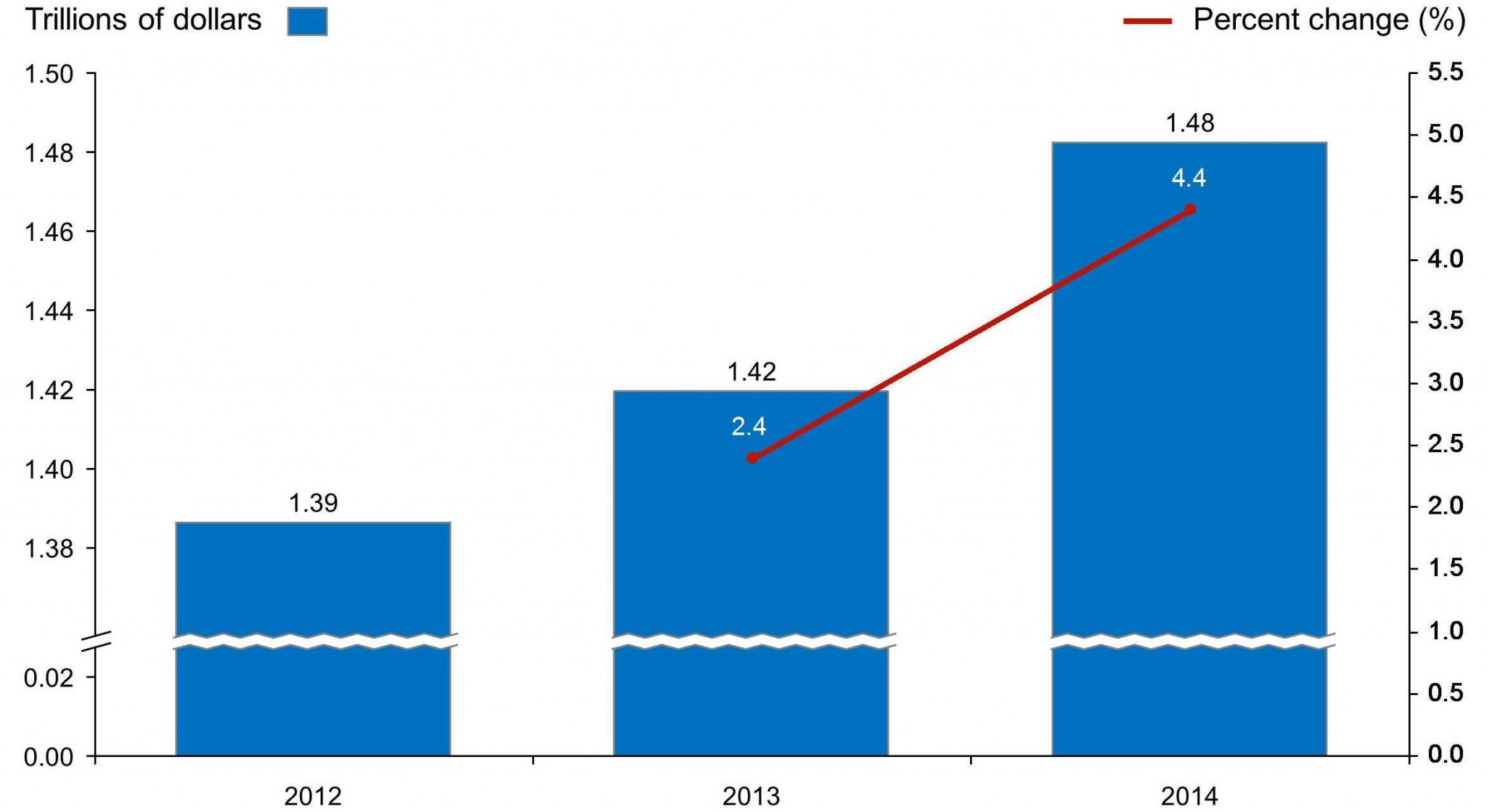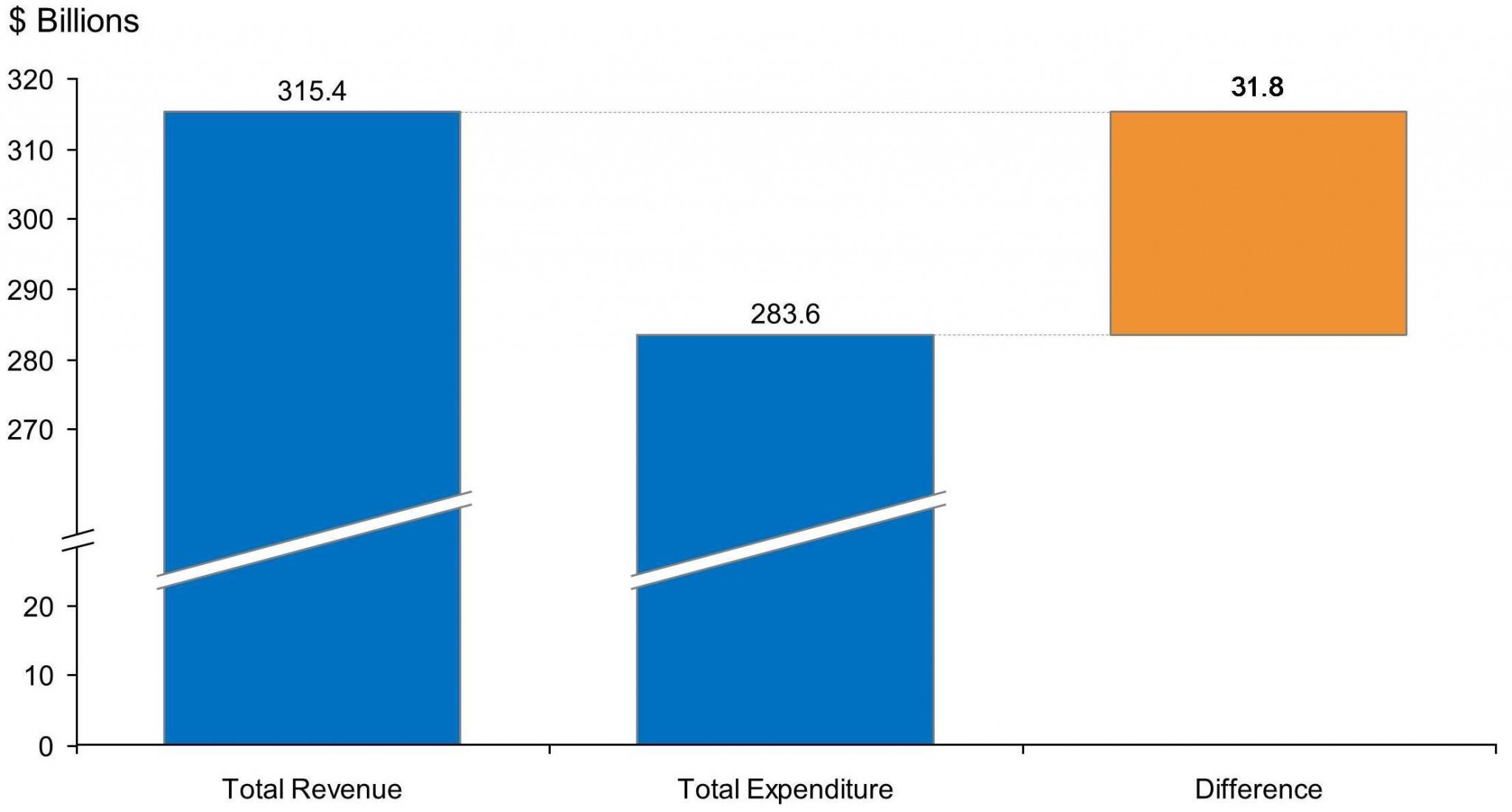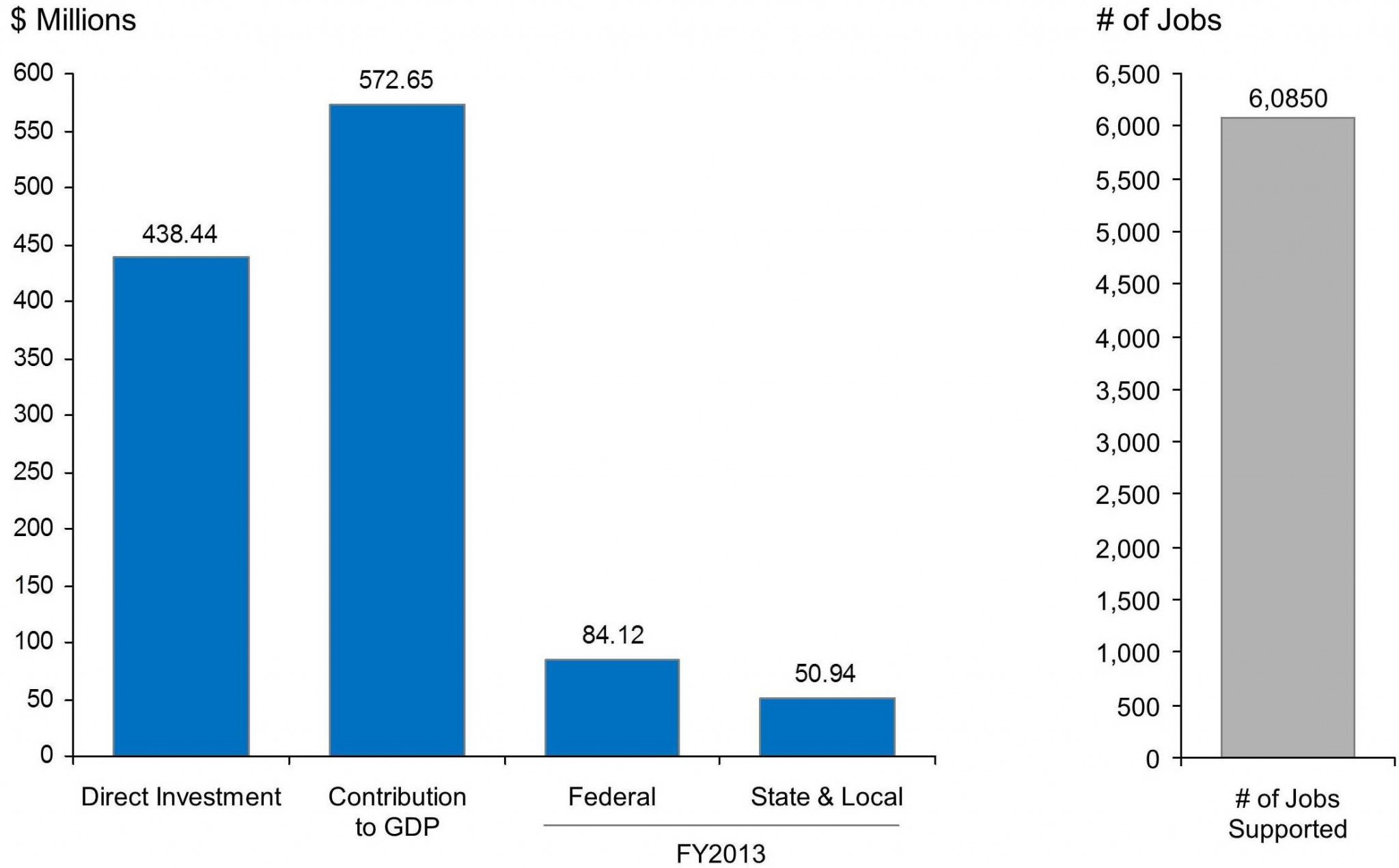EB5AN State of California Regional Center
Geographic coverage: All 58 Counties in the State of California
View the official regional center designation letter for the EB5AN California Regional Center.
Contact us now to learn more about becoming a business affiliate.

Benefits of Affiliation with our California EB-5 Regional Center
Immediate Ability to Raise EB-5 Capital in California
Business affiliates of EB5AN, including our California EB-5 regional center, can immediately begin raising EB-5 investment funds in any of the designated geographic areas that comprise our USCIS-approved regional centers.
Indirect Job Creation Calculations
Business affiliates of our regional centers can calculate job creation through both direct and indirect job methodologies. This leads to higher job creation figures than direct non-regional center calculations of actual payroll employees.
Regional Center Affiliation Process
The regional center affiliation process can be a fast solution and a great fit for those looking to begin a project immediately. The benefits of affiliating with a regional center make this an excellent choice for many project developers.
Our experienced team will work with you to understand whether EB-5 funding is a good fit for your project and whether you qualify to affiliate with our regional centers.
Let Us Help You to Create Your Own California EB-5 Regional Center
Our Team Will Complete Your I-924 Application for a California EB-5 Regional Center in Three Weeks
EB5AN has obtained full state regional center coverage in multiple states and has completed more than 100 USCIS-compliant business plans and economic impact studies. The I-924 application process is complicated and requires legal expertise, economic analysis, business plan creation, and an understanding of how USCIS adjudicates applications.
EB5AN has the internal resources to assemble all required aspects of an I-924 application. Additionally, we have extensive experience with I-924 applications and understand all the key components and common pitfalls.
There are various approaches to take when filing an I-924 form; please contact us to learn more about the process and how we can work together to get your regional center approved quickly by USCIS.
Targeted Employment Area (TEA) Qualification Report in California for EB-5 California Regional Center Projects
Please visit our EB-5 TEA Map to determine whether your California EB-5 regional center project’s location qualifies as a rural or high unemployment targeted employment area (TEA).
Free Targeted Employment Area Map for all 50 States
Click image to view the TEA map and instantly download a free TEA qualification report.
Because TEA designation is crucial to the success of many EB-5 projects, it is important to understand how USCIS reviews TEA designation requests. Once you determine whether your California EB-5 regional center project is located in a TEA, you can prepare a TEA report yourself. The free downloadable report available through the EB5AN TEA map is also suitable for submission to USCIS.
If you still need assistance with preparing your EB-5 TEA report for your EB-5 regional center project in California, please contact the EB5AN team directly by phone at 1-800-288-9138 or via e-mail at info@eb5an.com, or simply order an EB-5 TEA Qualification Report.
About the State of California and the Economic Climate of our EB-5 California Regional Center
The EB5AN California EB-5 regional center was created to provide an investment vehicle for qualified foreign investors seeking to obtain permanent resident status in the United States of America through an investment in a USCIS-approved EB-5 regional center with geographic coverage of all 58 counties in the State of California.
Historically, several elected California public officials, including senators and congressional representatives, have endorsed the EB-5 regional center program as a great opportunity for the U.S. economy and for foreign investors who want to immigrate to the United States and invest in a USCIS-approved California EB-5 regional center such as EB5AN State of California Regional Center.
California: Population and Income Demographics
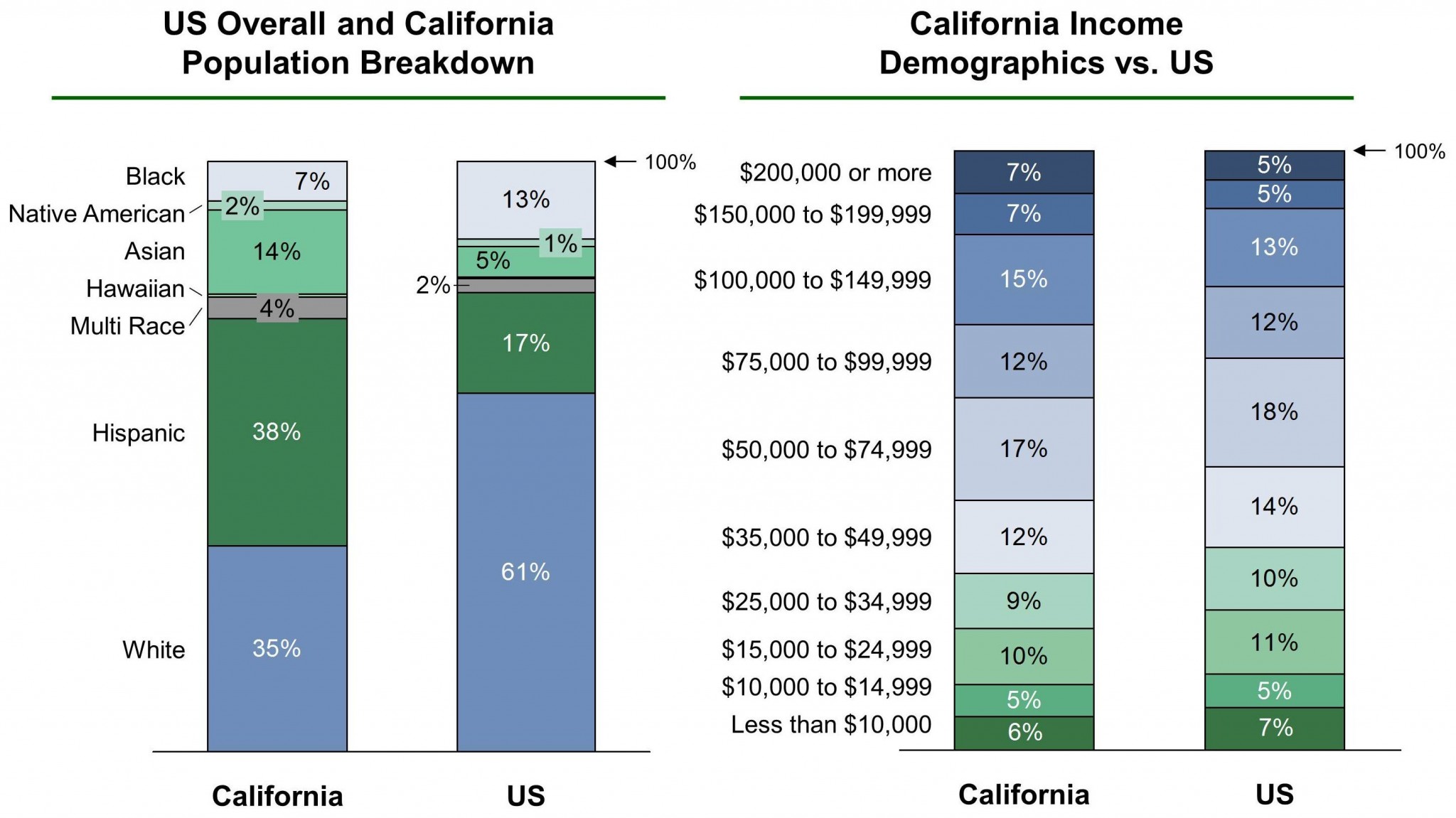
According to the 2010 U.S. Census, California has a population of approximately 29.5 million people over the age of 16. Of this, there are approximately 18.9 million people in the labor force, with 16.6 million who are employed and 2.2 million who are unemployed. These population numbers represent approximately 12.5 million households.
California: Unemployment Trends
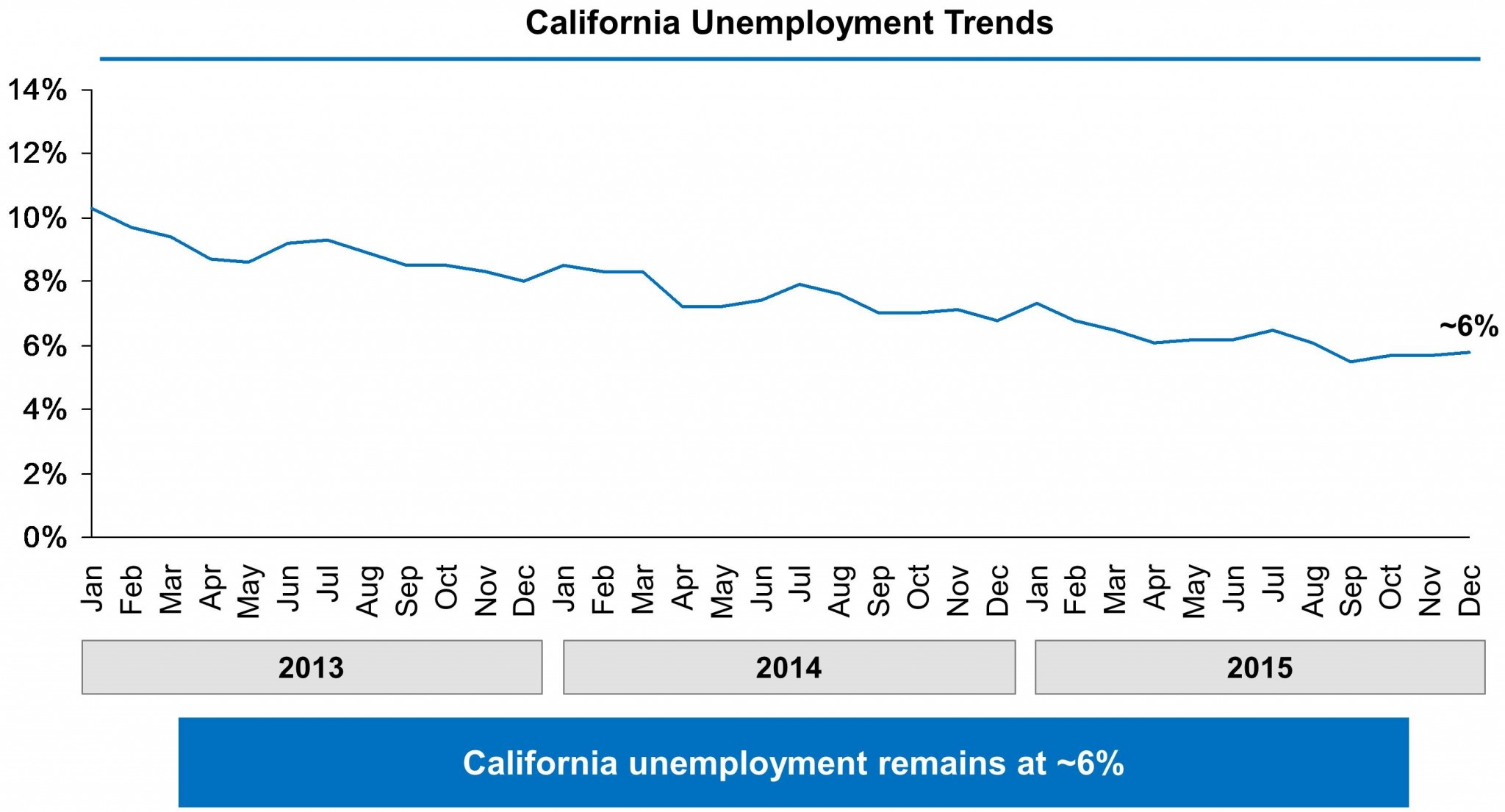
Unemployment statistics for 2015 show average unemployment in California at 6.2%. Monthly unemployment rates were 5.7% for October 2015, 5.7% for November 2015, and 5.8% for December 2015.
The state of California covers an area of 163,696 square miles, with a width of 250 miles and a length of 770 miles. This implies a population density of 246 people per square mile, which makes California the 11th-most densely populated state in the United States.
The capital of California is Sacramento, the largest city is Los Angeles, and the largest metro area is the Greater Los Angeles area. The gross domestic product (GDP) of California in 2010 was $1,901 billion. This implies a compound annual growth rate from 2000 to 2010 of 3.74% and a per capita GDP of $46,488. California has the largest economy in the United States by GDP.
The five largest employment sectors in California are trade, transportation, and utilities; government; professional and business services; education and health services; and leisure and hospitality. In output, the five largest sectors in California are financial services; trade, transportation, and utilities; education and health services; government; and manufacturing.
California State Government & EB-5 Investment Financial and Employment Statistics
California: Real GDP (2011–2014)
From 2011 to 2014, California’s GDP grew by 7.65%, with an average annual GDP growth of 2.2%. In 2014, California’s real GDP was $2.11 trillion, the highest of any state in the U.S. 2013 to 2014 saw the largest percent change in GDP at 2.8%, signaling a strong and growing economy.
California: Total Personal Consumption Expenditure (2012–2014)
Personal consumption expenditure is the primary measure of consumer spending on goods and services and is a primary engine driving economic growth. California’s personal consumption expenditure grew from $1.39 trillion in 2012 to $1.48 trillion in 2014. From 2013 to 2014, total personal consumption expenditure grew by 4.4%.
California: State Government Finances (2013)
In 2013, the government of California collected $315.4 billion and spent $283.6 billion, resulting in a net difference of $31.8 billion. Revenue is sourced from federal and local taxes, sales tax, and individual and corporate taxes. Expenditures include education, welfare, highways, police, and other social services.
California: Total Economic Impact of EB-5 Investments (2013)
In California, EB-5 investment has supported the direct creation of 6,085 jobs. These jobs were the result of roughly $438 million in direct investment from EB-5 projects, contributing $572.65 million to the state’s GDP. EB-5 investment in California also contributed $84.12 million to federal revenue and $50.94 million to California state government and local municipal revenue.
California: New Privately Owned Housing Units Authorized by Building Permits
Since 2009, California has seen an increased growth of privately owned housing units both in new buildings and housing units. In 2014, roughly 12,000 privately owned units were authorized by building permits. Most of these units are constructed in California’s largest cities, which include Los Angeles, San Diego, San Jose, San Francisco, and Fresno.
The EB5AN State of California Regional Center covers the entire state of California, including the following cities in the state: Los Angeles is the second-most populous city in the United States, a sprawling city in Southern California and the center of the nation’s film and television industry. San Diego is a city on the Pacific coast of California known for its beaches, parks, and warm climate. San Jose is the economic, cultural, and political center of Silicon Valley and the largest city in Northern California. San Francisco is the fourth-most populous city in California, known for its year-round fog, iconic Golden Gate Bridge, cable cars, and colorful Victorian houses.
Fremont is a sprawling suburban city in the southeast San Francisco Bay Area. Sunnyvale is the seventh-most populous city in the San Francisco Bay Area and ranks as one of the safest cities in the United States in its size category. Santa Clara is located in the center of Silicon Valley and is home to the headquarters of several tech companies, including Intel. Cupertino is ranked 11th among the nation’s wealthiest cities, has a population of more than 50,000, and is one of the most educated places in the United States.
Yuba City is the agricultural, economic, and social hub of the Yuba–Sutter Region. San Ramon city is home to the headquarters of Chevron, 24 Hour Fitness, the West Coast headquarters of AT&T, the Global Software Center of General Electric, and the San Ramon Medical Center. Union City is a diverse city of approximately 75,000 residents located in the San Francisco Bay Area in Alameda County. Irvine is a master-planned city, one of the newest and largest in Orange County.
Hayward is the sixth-largest city in the Bay Area and the 37th-most populous municipality in California. Milpitas is a city in Santa Clara County located north of San Jose and south of Fremont at the eastern end of State Route 237 and between Interstates 680 and 880. San Mateo lies on the western shore of San Francisco Bay, sheltered from ocean wind and fog by hills in a mild maritime climate.






